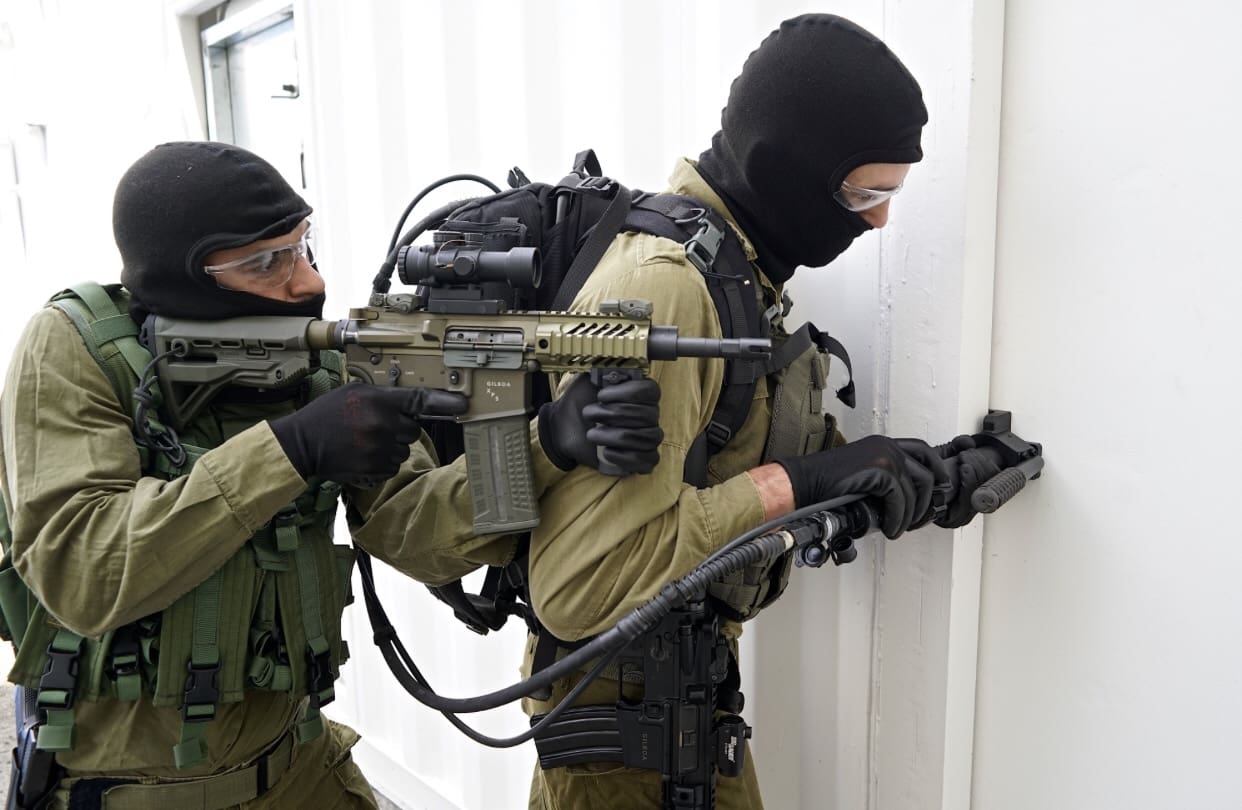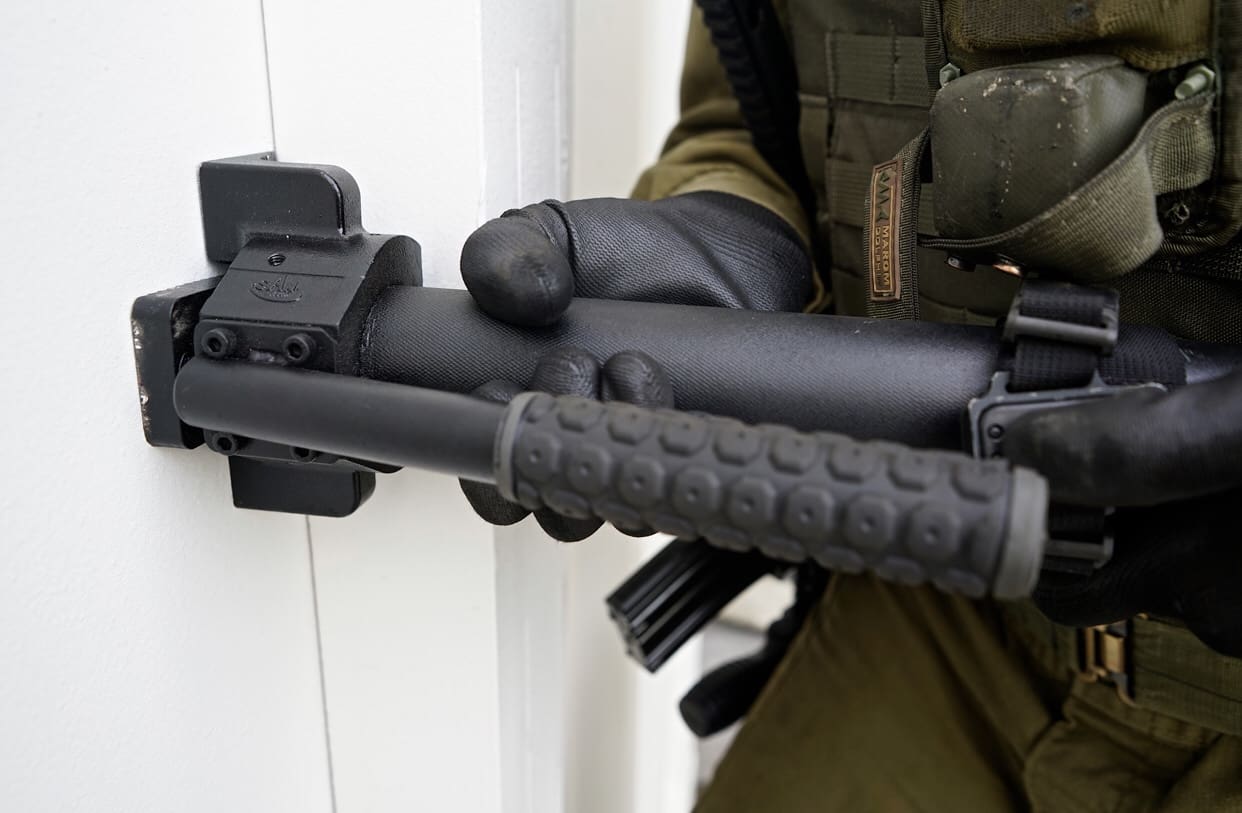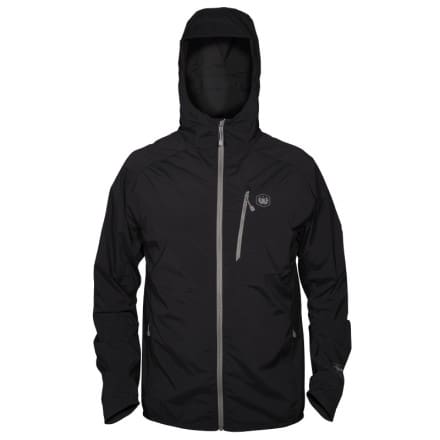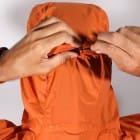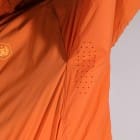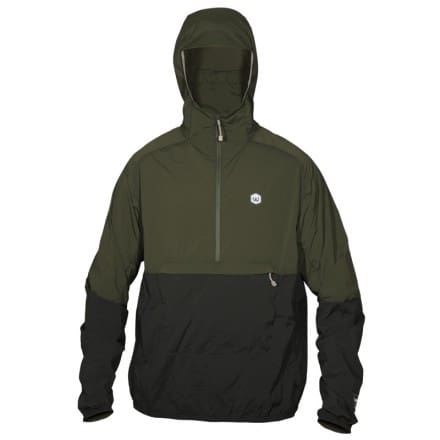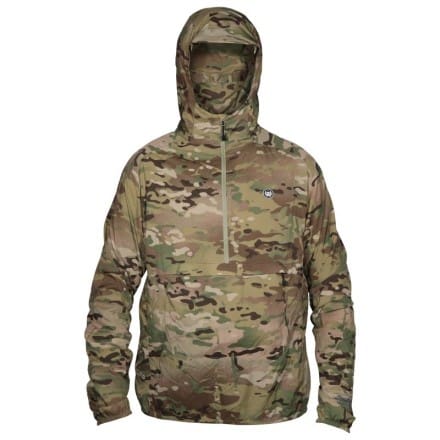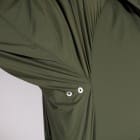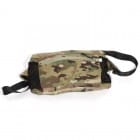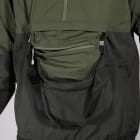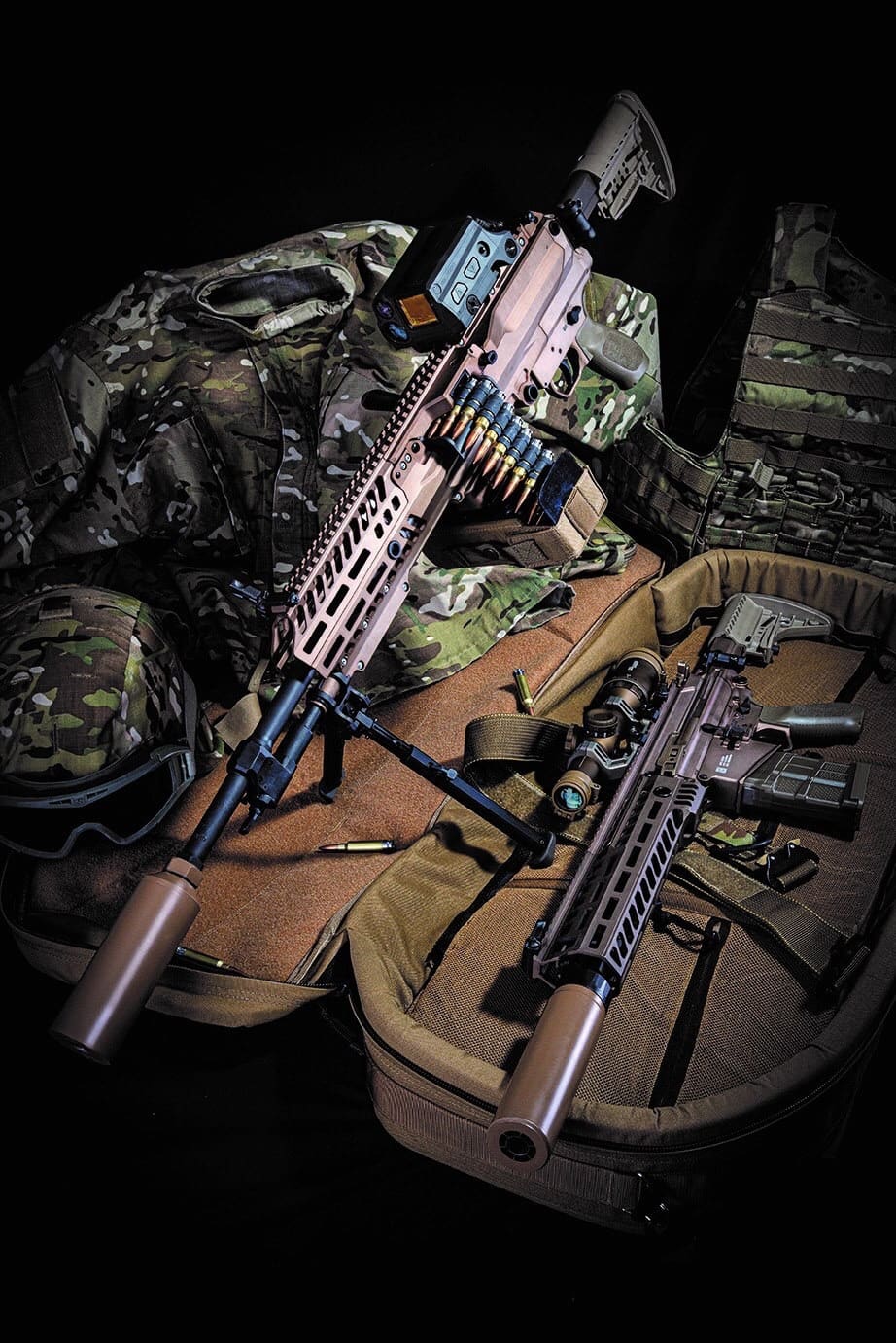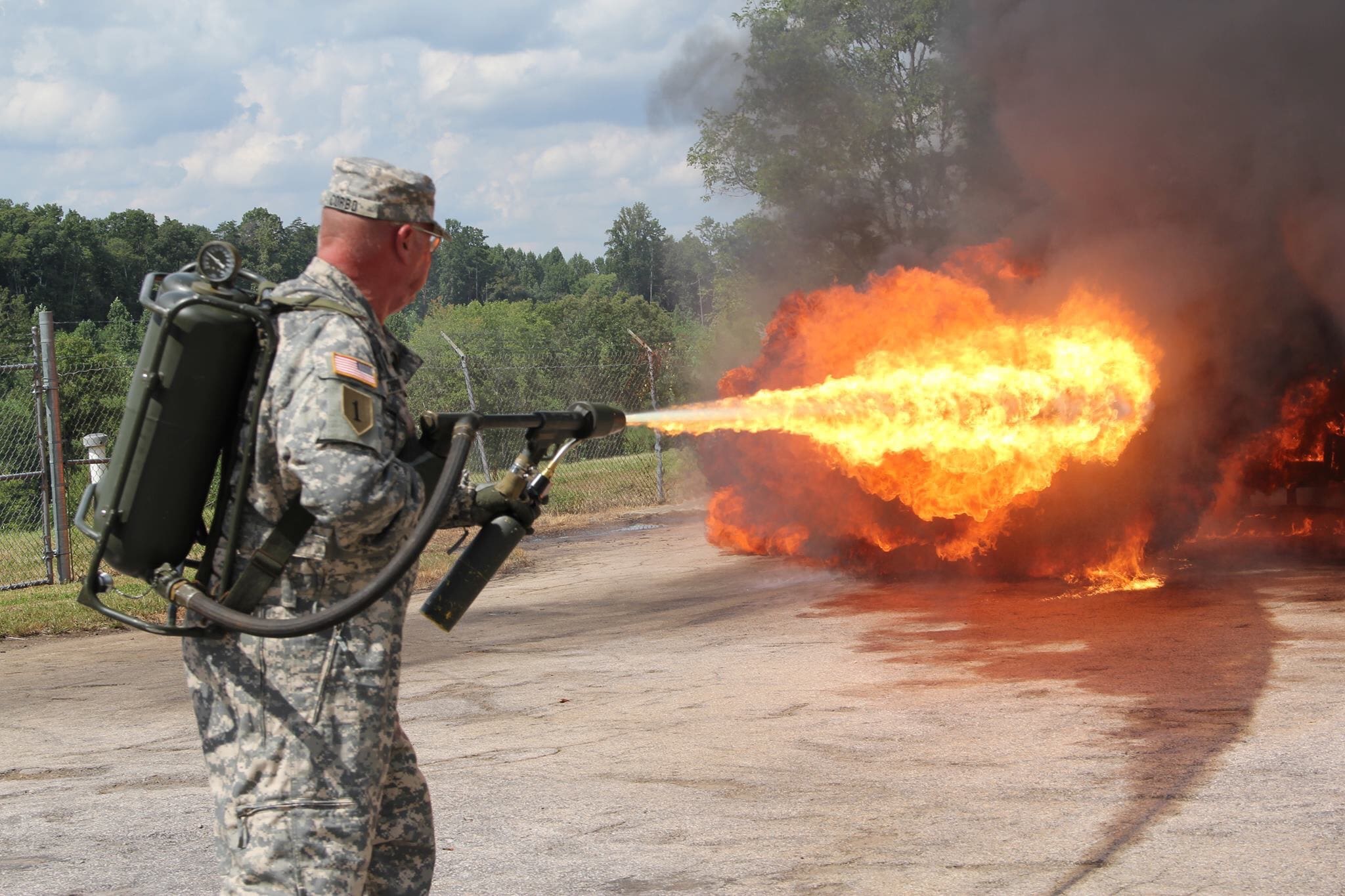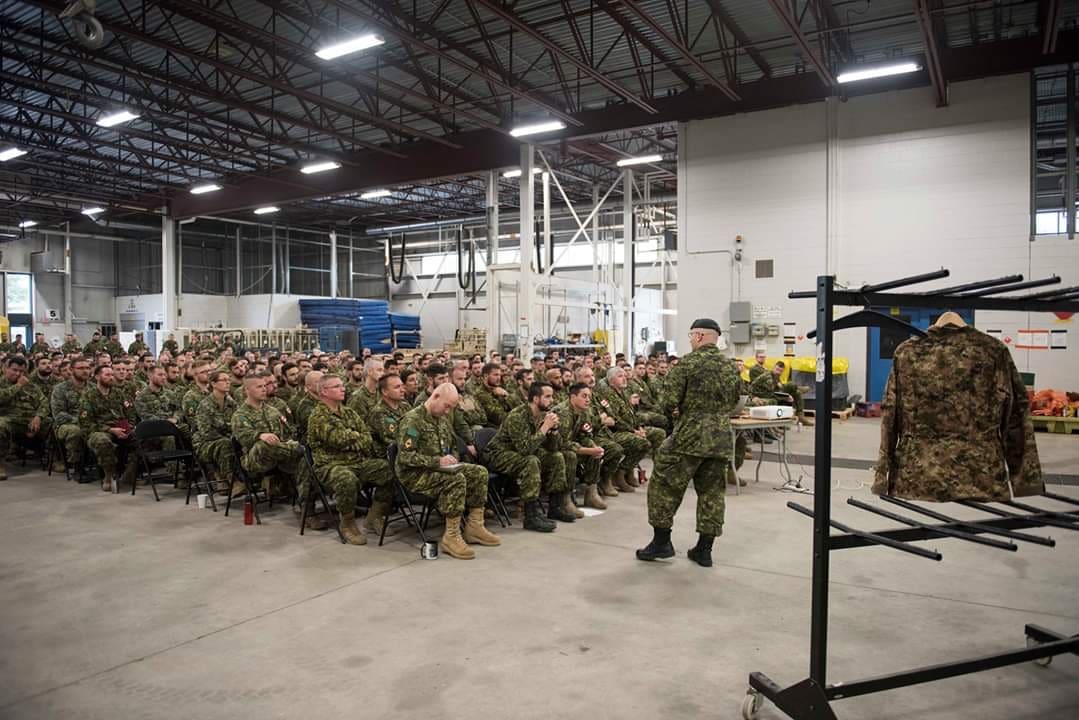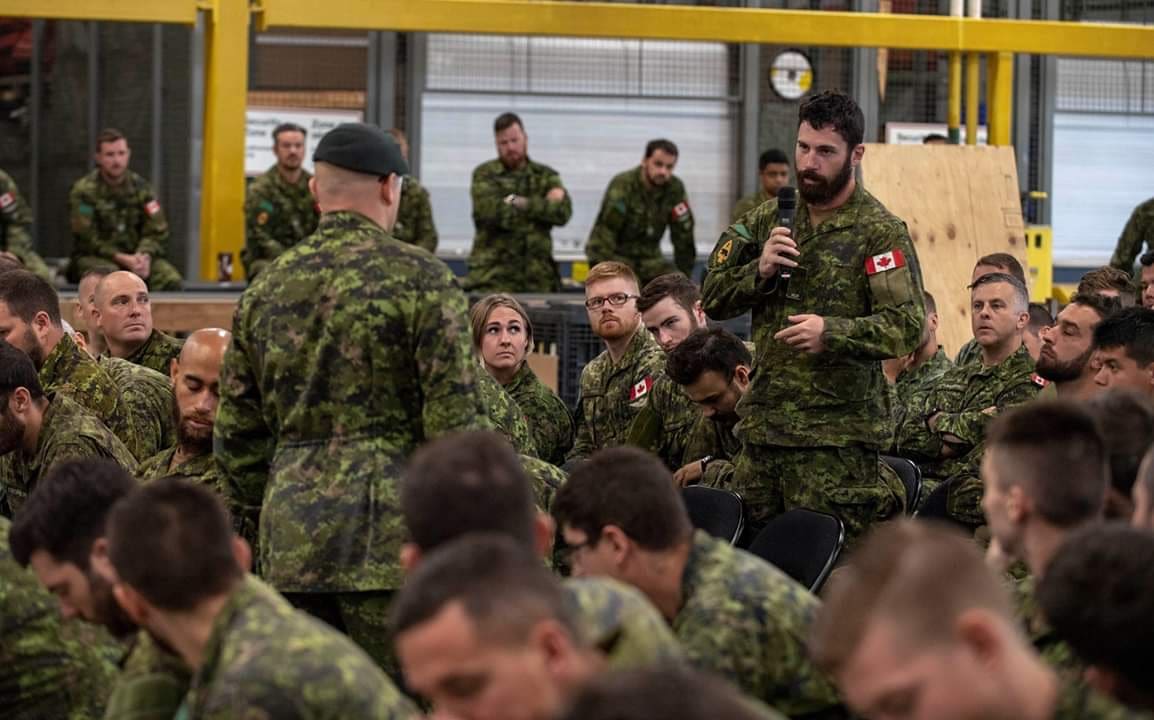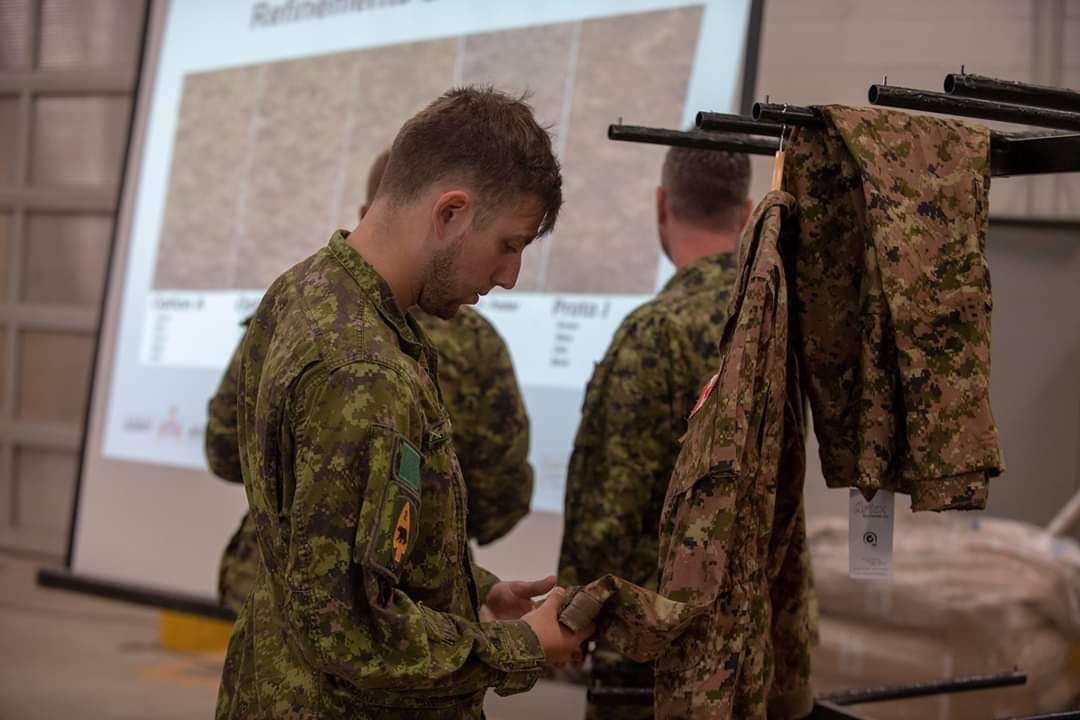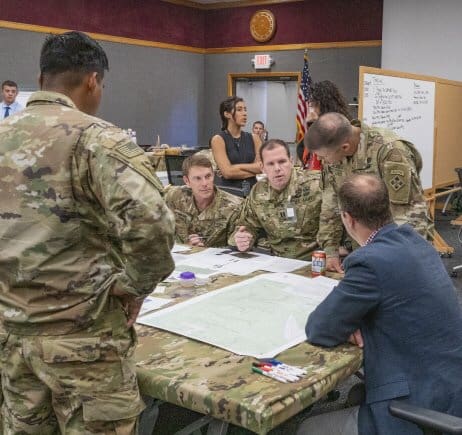
NATICK, Mass. — A Soldier Holistic Lethality Demonstration, or SHLD, Wargame and Familiarization Overview took place recently at the U.S. Army Combat Capabilities Development Command Soldier Center. The event was part of a larger ongoing SHLD effort by CCDC Soldier Center that has included gathering data from ongoing Soldier touchpoint participation, which has enabled CCDC SC to identify technology gaps, as well as prioritize suites of technologies that will enhance capabilities for the future squad of 2028 to 2040.
The technical lead for the wargame was Lisa King-Schiappa, team lead for the Protection Technology Development, Expeditionary Protection Branch in the Expeditionary Maneuver Support Directorate, or EMSD, at the CCDC SC. King-Schiappa also leads CCDC SC’s overall SHLD effort. Terry Twitchel of the CCDC SC’s Soldier Squad Interface Team served as the operations lead for the wargame.
The wargame represented a collaborative engagement between CCDC SC’s world-class scientists and engineers and Soldier participants to determine what technologies will best address the needs of individual Soldiers and Soldiers operating in Squads in highly dangerous, highly mobile conditions. The purpose of the wargame was also to advance integrated protection solutions for Soldiers and squads that not only meet technological and strategic needs, but that are also lightweight and not easily detected.
CCDC SC is dedicated to using science and technology to ensure America’s warfighters are optimized, protected, and lethal. CCDC SC supports all of the Army’s Modernization efforts, with the Soldier Lethality and Synthetic Training Environment Cross Functional Teams being the CCDC SC’s chief areas of focus. The center’s science and engineering expertise are combined with collaborations with industry, DOD, and academia to advance Soldier and squad performance. The center supports the Army as it transforms from being adaptive to driving innovation to support a Multi-Domain Operations Capable Force of 2028 and a MDO Ready Force of 2035. CCDC SC is constantly working to strengthen Soldiers’ performance to increase readiness and support for warfighters who are organized, trained, and equipped for prompt and sustainable ground combat.
During the recent wargame, 10 CCDC SC technologies were tested as part of a series of vignettes, inspired by real-world scenarios and played out by Soldier participants. The event brought together the work of several CCDC SC directorates, including EMSD, the Aerial Delivery Directorate, the Combat Feeding Directorate, Soldier Protection & Survivability Directorate and the Soldier Performance Optimization Directorate.
The technology solutions inserted into the wargame included an improved camouflage face paint that enhances warfighter survivability due to increased signature performance and protection; quick-reaction camouflage spray paints in various military camouflage colors for use on textiles and plastics that will provide signature reduction; Joint Services spectral mitigation on uniforms/textiles/plastics that will result in visual, near infrared, and longwave infrared signature reduction; an industrial chemicals/materials water purification device; Soldier-Borne Sensor enhancements; the Joint Precision Air Drop System, or JPADS; the Close Combat Assault Ration; Li-Fi Network for Command Posts; a Squad Net that integrates light-based data mesh network technology with Soldier-mounted visual sensors and communications; and a fires-based decoy that provides physical deception of high value assets.
Participants in the three-day event included Soldiers from the Maneuver – Capabilities Development and Integration Directorate (M-CDID), Fort Benning, Georgia, and the 52nd Brigade Engineer Battalion (BEB) 2nd Infantry Brigade Combat Team, 4th Infantry Division, Fort Carson, Colorado, and CCDC SC, Natick, Massachusetts.
“It’s a data collection event, with 16 Soldiers participating,” said King-Schiappa. “We are not only going to look at CCDC-SC technologies that were down-selected, we are also driving data collection to identify technology gaps or products we should be working on.”
Soldier participation and input has played an important role in the progression of the SHLD effort overall.
“This exercise, and other similar Soldier touchpoints, are invaluable to this organization,” said Craig Rettie, deputy director of the CCDC Soldier Center. “The Soldier Center, much like other R&D organizations, has the resources to tackle many problems or create new battlefield opportunities for the Soldier. So the question comes down to: ‘Are we solving the right problems or creating the right opportunities for them?’ The only way to honestly answer that question positively is to truly introduce the voice of the Soldier into our decision-making processes from front to back. Everything from how our technical workforce conceptualizes future work to how we prioritize and fund that work, etc. The past three days represents a concrete example of how the Soldier Center is moving closer to the voice of the Soldier through organic interactions and dialog, all of which are firmly grounded in the operational backdrop of multi-domain operations.”
King-Schiappa said that the SHLD effort has identified that Soldiers and squads lack integrated and synchronized protection solutions, and it has resulted in the research of advanced suites of technology solutions that provide the squad additional standoff through improved situational awareness, enhanced mobility and holistic protection.
She explained that Soldier touchpoint data is used to determine integrated synchronized protection solutions that correlate to mission success.
“SHLD will also inform and help to shape other Soldier Lethality efforts,” said King-Schiappa.
Sgt. Maj. William Smith of M-CDID, Fort Benning, participated in the wargame and noted the exercise’s value.
“Anytime we get a chance to get Soldiers in a room and get their feedback on new technologies and what will work in the field benefits the Army,” said Smith.
His sentiments were echoed by another participant Capt. Idi Mallari, 52 BEB, 2 IBCT, 4ID, Fort Carson, Colorado.
“I think that to bring our Soldiers here to see the different kinds of technology and how they can be used in a mission is very beneficial,” said Mallari.
CCDC SC recognizes that Soldier input is essential to advancing technologies.
“It is extremely valuable to get feedback from Soldiers who may be using the equipment we are developing and to get the complied data that helps us understand what the operational impact of these technologies could be on the mission,” said Tom Reynolds, branch lead for Expeditionary Protection Branch in EMSD. “The other thing that we scientists and engineers get excited about with the wargames is seeing the creativity that Soldiers bring to the table in envisioning the use of items we are developing in ways we haven’t thought of. This allows us to tweak designs to better fit those uses.”
Story by Ms. Jane Benson (CCDC SC)
Photo by Mr. Richard Walunas (CCDC SC)
